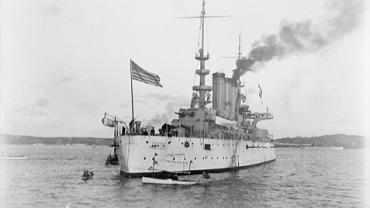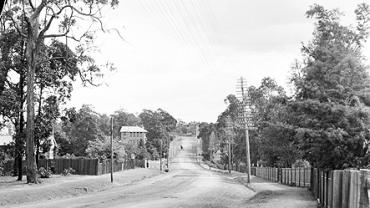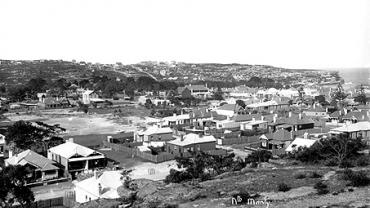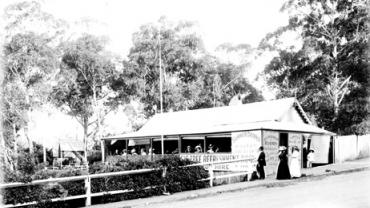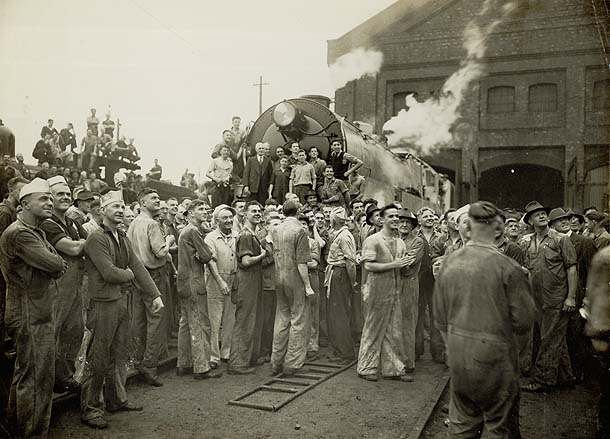Photos from the Railways
The photo series here include:
This series NRS 17420 consists of reference prints from a variety of sources within State Rail and predecessor organisations dating back to c.1850. A subject index is available in the reading room.
This series covers a variety of subjects including but not limited to the following: accidents, aircraft production, anniversaries/celebrations, apprentice training, brakevans, bridges, bullock teams, buses, carriages, carriage sheds, collieries, dams, depots, electrification, ferries, gas works, gate houses, inns, junctions, level crossings, locomotives (including accident cranes, bogies, boilers, cabs, diesel, electric, steam, and workshop shunters), luggage vans, maps, paddle steamers, post offices, proposed railways, railway refreshment rooms, ships, shunting, signals, silos, stations, stockyards, street scenes, strikes, tickets, track maintenance vehicles, trains, trams, tram depots, trolley buses, tunnels, uniforms, valves, vans, wagons, workshops, and yards. The number of photographic reference prints per category varies considerably.
This collection of images, NRS 12932 was used to decorate the interiors of country trains in New South Wales from the late 1930s to the late 1960s. The images cover a wide variety of tourism themes ranging from scenic country views, historic buildings, coastal scenes, Sydney metropolitan beaches, dams, snowfields, and photographs of birds and animals at the Taronga Park Zoological Gardens and Koala Park.
This series, NRS 15309 shows the Eveleigh Workshops during the 1917 railway strike. The album was donated by W.J. Ellis to the Chief Commissioner of Railways James Fraser. The photographs show the 'loyalist' individuals who were prepared to cross the union picket line to live and work on the railway premises during the strike.
...The strike, which was called to protest over the introduction of a new card system to record work at the Randwick Workshops and Eveleigh Carriage Shops, lasted from 2 August 1917 to 8 September 1917 with a "considerable section of the employees" ceasing work. "Many, however, remained loyal, and, with the assistance of the members of the public, both male and female, generously and voluntarily tendered, Railway and Tramway Services were maintained and improved from day to day". (2)
The album depicts the community of the "loyal" or "loyalist" individuals who were prepared to cross the union picket line to live and work on railway premises during the strike. They are shown at work, coming off shift, waiting for dinner, relaxing, at the "Camp Tobacco Shop", attending the "Barbers in the Paint Shop", or going to the "loyal theatre". This stopgap workforce was drawn from apprentices, clerical officers, coal fillers, kitchen and waiting staff, locomotive drivers, sub foremen, and their wives. (3)
The album also provides a series of patriotic pictures (in some cases predating the strike) covering wives making comforts for soldiers at the front, ANZAC Day and Roll of Honour commemorations, welcome home ceremonies for returning veterans, collections for the Belgium Relief Fund, and the First Railway Unit on the eve of its departure for active service. (4)
From the series description
Only selected images have been digitised, as a number of the photographs are unsuitable for scanning due to their poor physical condition.
NRS 18526, Glass plate negatives of North Shore, Sydney Harbour and general subjects, c.1908
These glass plate negatives include landmarks and streetscapes of the North Shore of Sydney (including Beecroft and Eastwood) and include early images of Newport, Turramurra, Chatswood, Milsons Point, Hunters Hill and areas in the Lane Cove National Park.
There are also images of the United States Navy Fleet - the Great White Fleet - showing its arrival in Sydney Harbour on 20 August 1908, the subsequent celebrations and its departure on 27 August 2008.
There are many portraits of women, men and children in backyards, bush settings and on verandas.
There was no apparent order. Identification numbers have been imposed. A number of the glass negatives were in poor physical condition and in some cases the deterioration of the original glass negative is reflected in the digital copy.


